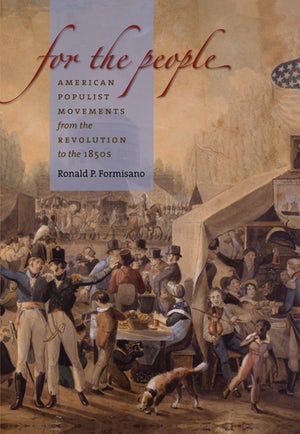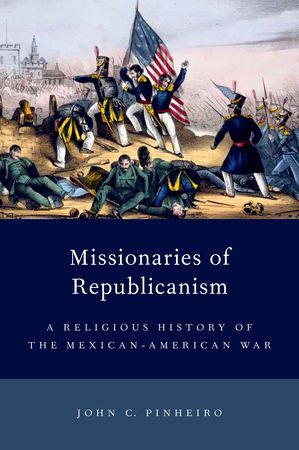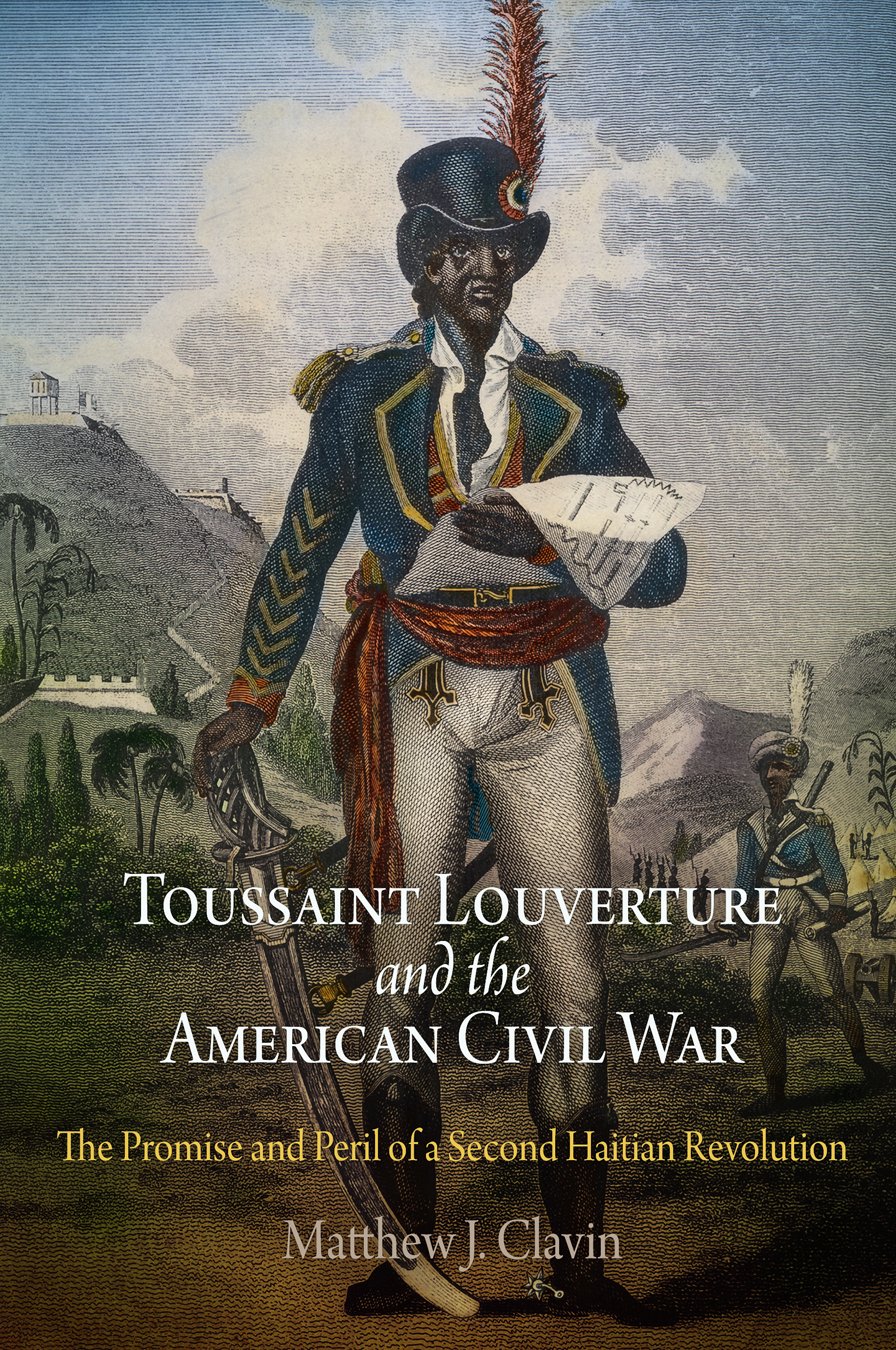Brian Murphy’s aim is to argue that the seeds of business corporations were planted during the early republic. Writing from the perspective of institutional state theory, Murphy has no use for the tired old Jeffersonian narrative that republicanism was built on virtue, hostility to all things British, and a faith that the natural riches of a grand continent would protect the young nation from corruption. Dubious of the antigovernment thesis in general, he turns his attention to the activities of “adventurers” and “projectors,” as they were called. This cadre of men––Aaron Burr, Alexander Hamilton, Robert R. Livingston, and DeWitt Clinton figure prominently––did not acknowledge a strict division between public and private interest; no man of either party, Murphy writes, could claim to have “clean hands.”
In New York, men of wealth with the kinds of political connections that made it possible for them to mobilize capital were able to redefine state power; in doing so, they were arguably as influential as others of the founding generation who drafted state constitutions and/or the federal Constitution. Murphy’s principal figure in the book is Robert Livingston, who helped to draft New York’s constitution and who also secured a steamboat monopoly. He was not just a man of words, but an ambitious entrepreneur.
Through a series of actions taken at the state level, New York’s political apparatus significantly expanded. By corporate charter, the state gave certain powers to private individuals, but that model was rejected when the Erie Canal came under discussion. Its construction would be financed by selling bonds. According to Murphy, creating alliances between private investors and public officials did not challenge the republican credo of checking excesses of power. The canal was simply too big a project to vest in private hands alone. One of the strengths of Murphy’s study is his way of unpacking the processes of securing financing and forging alliances, showing that business adventurers actively sought state involvement and regulation. In that sense, this book could have been given a snazzier title, such as: The Republican Art of the Deal: Making the Empire State into the Entrepreneurial State.
The book is a series of case studies. Murphy begins with the Bank of New York (ca. 1784), and proceeds to the Northern and Inland Lock Navigation Companies, the Manhattan Company (1799), Robert Livingston’s and Robert Fulton’s steamboat monopoly, and finally, the Erie Canal (1817). For the author, the art of collaboration was everything, demonstrating how powerful men used various strategies to appease rivals, persuade legislators, lure investors, and outmaneuver opponents to complete large-scale ventures. Without such collaboration, Murphy insists, there would never have been an Erie Canal: the project required a long list of canal commissions, petitioners, bond holders, and politicians.
Internal improvements were never simply technological advances. Steamboats, canals, and railroads all required granting unelected men state privileges. Murphy explains that a corporation was not a fixed concept, but an entity that evolved as Federalists and Democrats alike used corporate privileges. The real contest was that of creating a marketplace of interested parties able to raise capital in order to advance a project through the tortuous process of legislative and constitutional approval. None of these adventurers saw the state as the enemy, and the notion of a purely free market enterprise was foreign to their thinking. The state was, Murphy writes, a necessary “catalyst” for commercial growth; corporate institutions, shareholders, directors (and the web of capital and legal instruments) “collectively constituted ‘the state’ itself” (220).
Murphy’s book excels at detailing the maneuvering needed to secure state approval and funding. Nevertheless, the author is so intent on showing the constructive side of corporations, or such instruments as state bonds, that his story marginalizes other political, cultural, and social forces at play. Collaboration was indeed crucial to the early republic, but Murphy misses one of its most central, if destabilizing, byproducts: that ever-present dynamic of debt. It was not by accident that as a state assemblyman, Aaron Burr simultaneously sought debtor legislation and acted to revise the language in the charter of the Manhattan Company, enabling the water company to become a banking institution. Nor was it at all unusual that Alexander Hamilton died deeply in debt, and Hamilton’s close friend and associate at the Treasury, William Duer, ended up in debtor’s prison after the panic of 1792. Prominent men loaned money to their confidential friends, a practice that created potential pools of collaborators, but also engendered high risks when projects failed. The personal costs involved in state building are mysteriously absent from this study.
Murphy seems to disregard the often foolish and irrational side of human behavior. He apparently has no use for Joanne Freeman’s notion of honor culture or “paper wars,” nor does he have much use for political associations such as the Tammany Society and Democratic-Republican clubs. He is also not interested in party rituals and the adversarial model of partisan politics that defines the early republic. Instead, he makes the case for “distributive politics,” emphasizing how political actors used economic institutions to provide material and civic benefits. In the end, he claims, state perks had a far more lasting impact on the party system than other measures of influence.
Perhaps this picture is too rosy, as Murphy glosses over the unequal distribution of benefits. In New York the post-colonial reality was that powerful families shaped (and distorted) the process of state building. Partisanship and collaboration alike relied upon kinship networks. Hamilton married into one of the most powerful families in New York and his principal collaborators were his father-in-law, Phillip Schuyler, and his brother-in-law, John Barker Church. Strangely enough, Murphy only mentions Hamilton’s family ties late in the text, indicating that the author doesn’t really want to admit that an Old World political institution of the great families could yet be a part of business in the U.S. The New York ruling elite were far less republican––or modern––than he acknowledges. As troublesome as the absence of real analysis of powerful families is, “class identity” is a concept that Murphy’s study almost entirely neglects.
Here is where the insightful work of Ric Caric on John Fitch, Jessica Lepler on economic panics, and Bruce Mann and Edward Balleisen on debt and bankruptcy would have come in handy. All paint a very different portrait of the marketplace. Almost as an aside, Murphy mentions that Fitch, the first American steamboat adventurer, committed suicide after “successive failures.” Yet Fitch’s revealing story makes the opposite point to Murphy’s account of rational calculation and collaboration. Fitch failed because he lacked a rich backer like Livingston, who established a promising partnership with Robert Fulton. As a man from the ranks of artisans, Fitch was hardly welcomed by the ruling elite as he pitched his steamboat design. In his Memoirs, he showed himself to be consumed by a need to protect his reputation; the class-defined gap between him and his superiors made the desired collaboration strained. He likened begging for money from backers to torture and dismemberment; instead of finding patrons and allies, he had to fight off men trying to steal his design and destroy him. State support actually ruined him, when Secretary of State Thomas Jefferson forced Fitch to share patent rights with a rival who lacked his proven expertise. The messy, unfair, class-inflected nature of the marketplace needs to be part of the historical narrative––but Murphy resists going there.
The human element––irrational behavior––was always present in the state-corporate relationship. Motives were never pure. Amid the controversy surrounding Burr’s Manhattan Company, one angry New Yorker sent a bogus letter to Nicholas Low, a key investor and stockholder in a rival bank, pretending to be Aaron Burr and challenging Low to a duel. (This was a new twist on killing off the competition.) Robert Livingston wasn’t satisfied simply by making Robert Fulton his partner in their steamboat enterprise; he had to seal the deal by marrying off Fulton to his niece Harriet. Murphy does mention the marriage, but he refuses to analyze its deeper meaning. Livingston was not just relying on state power; he was linking his corporate venture to a much older system of dynastic power.
That said, Murphy’s study is a valuable addition to the literature. He is best when he shows that prominent men like Burr and Hamilton defined their understanding of state power within the corporate nexus of building quasi-private and public economic institutions. But as James Madison wisely counseled, men were not “angels,” nor were they solely rational actors when operating in a highly unstable and unfair marketplace of corporate favors. It was not an open marketplace, but a place for “Big Wigs,” to use a term favored by one observer who appears in Murphy’s book. Collaboration, then, was as much a class tool as it was part of a pragmatic strategy to harness state power.
This article originally appeared in issue 16.2.5 (Spring, 2016).
Nancy Isenberg is the T. Harry Williams Professor of American History at Louisiana State University. She is the author of Sex and Citizenship in Antebellum America (1998); Fallen Founder: The Life of Aaron Burr (2007); and Madison and Jefferson (with Andrew Burstein) (2010).




















